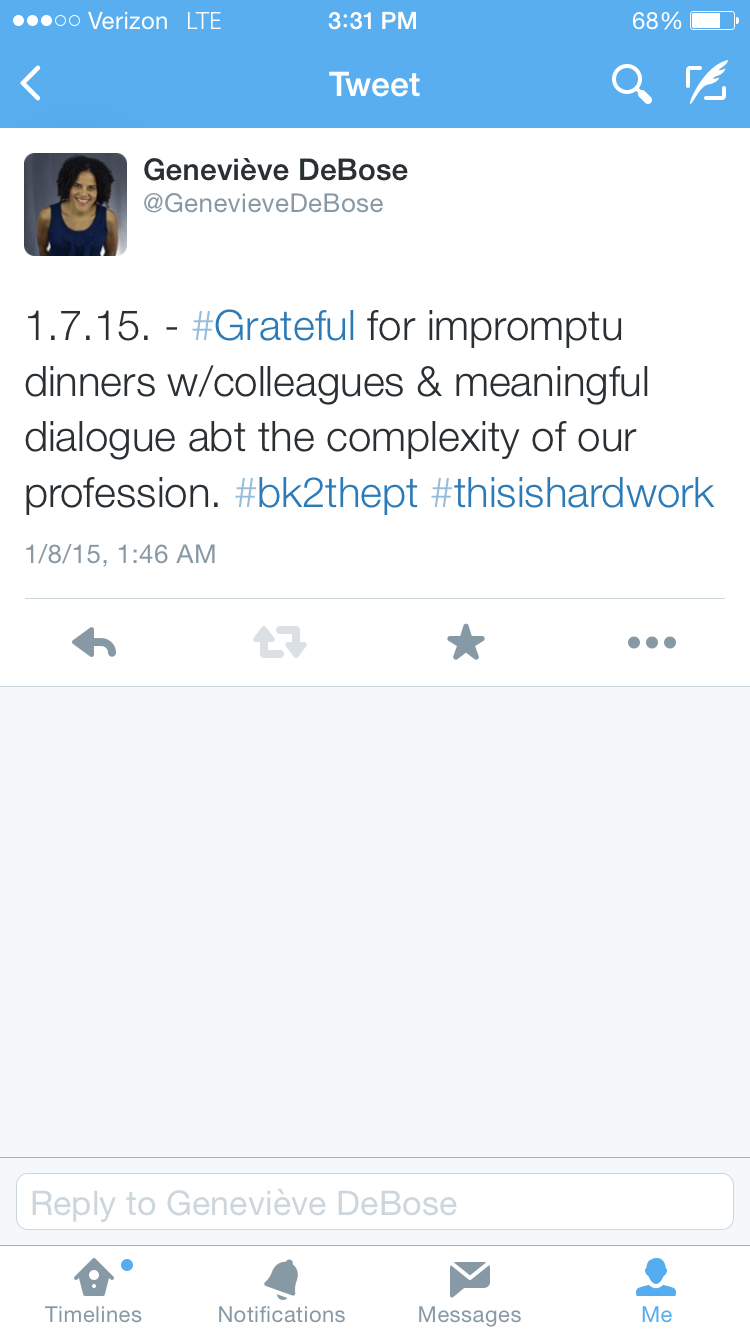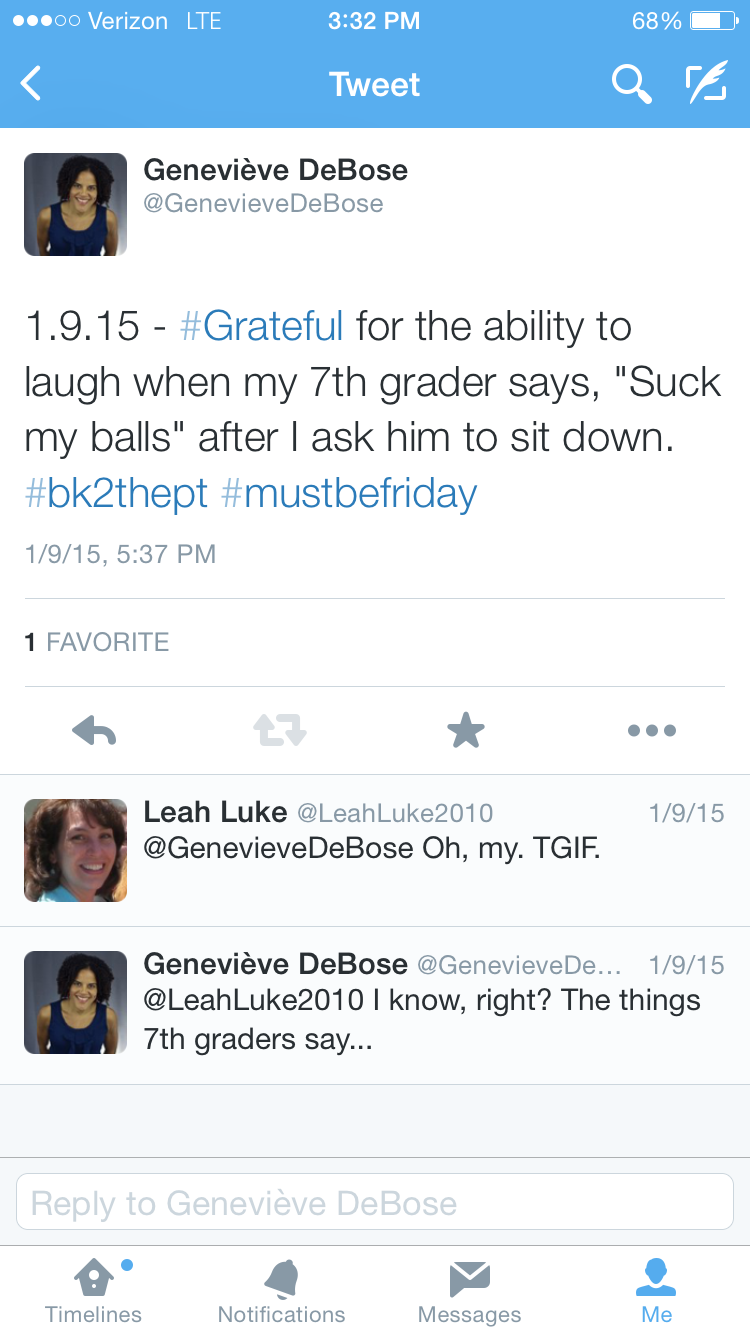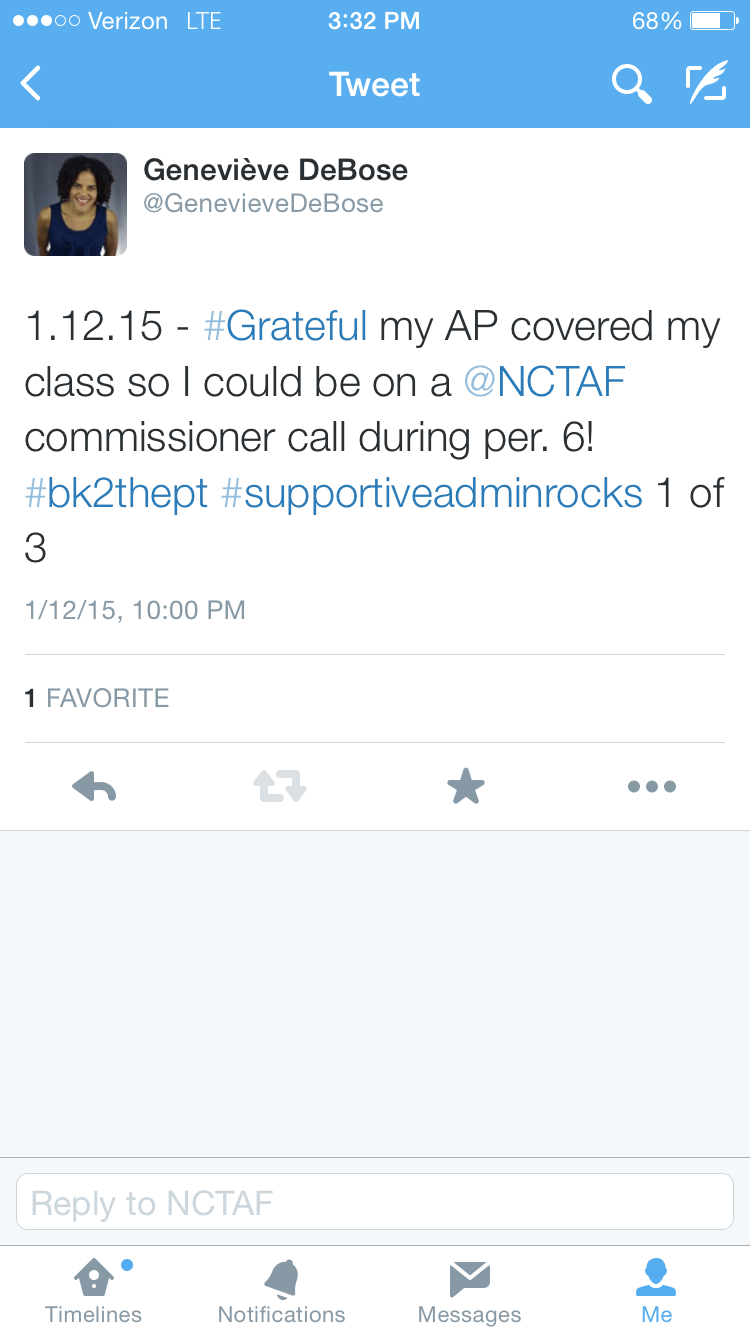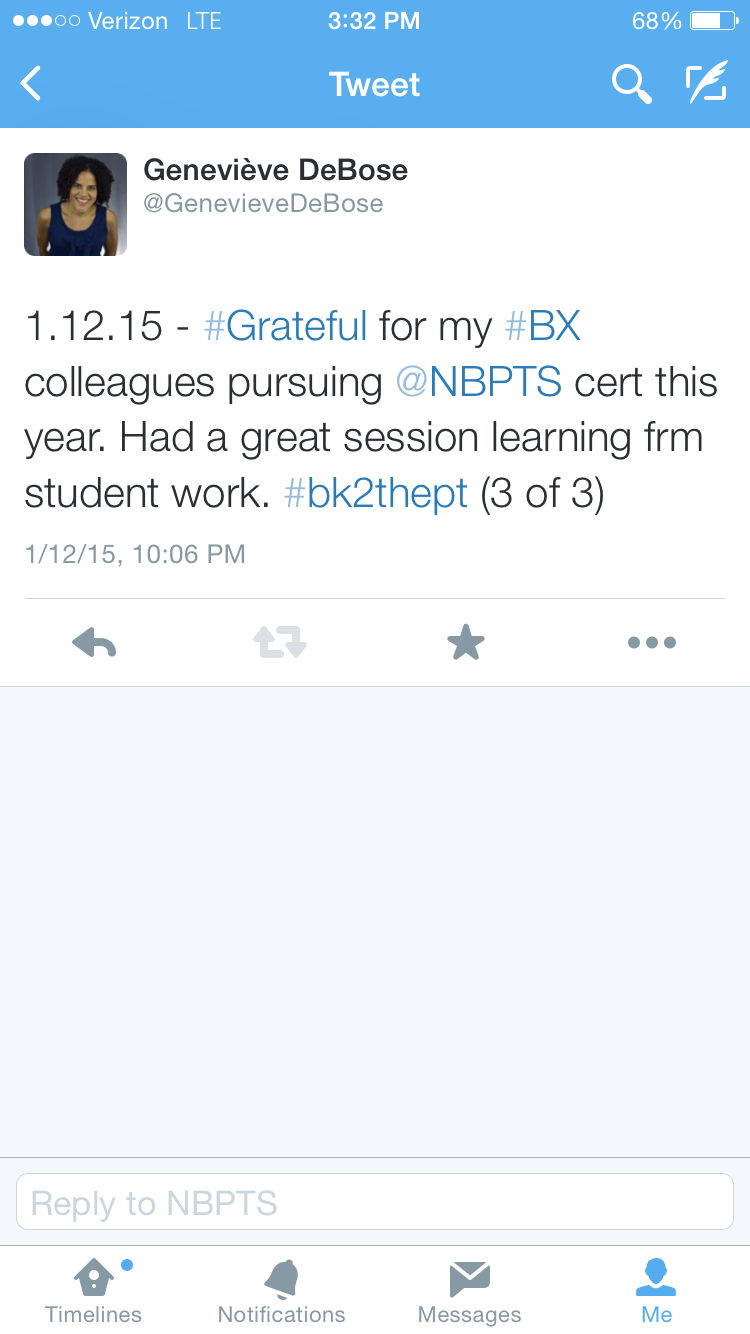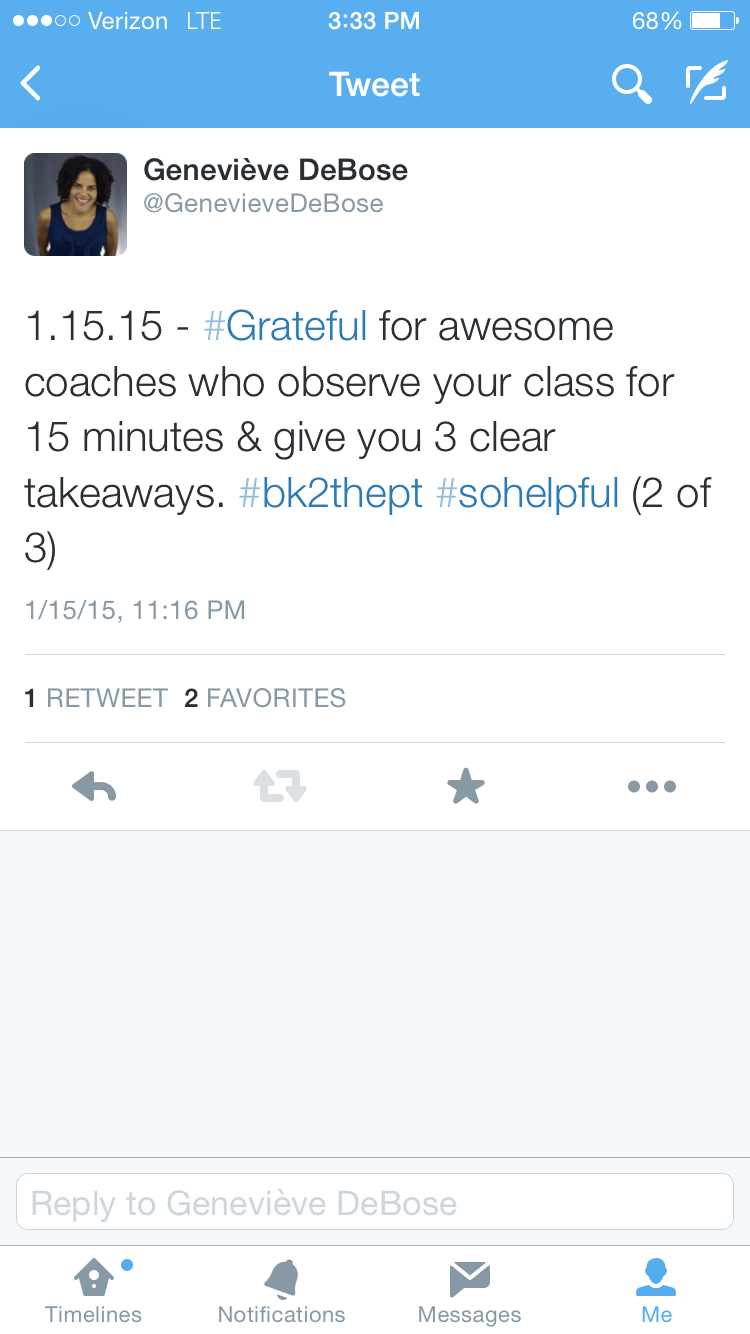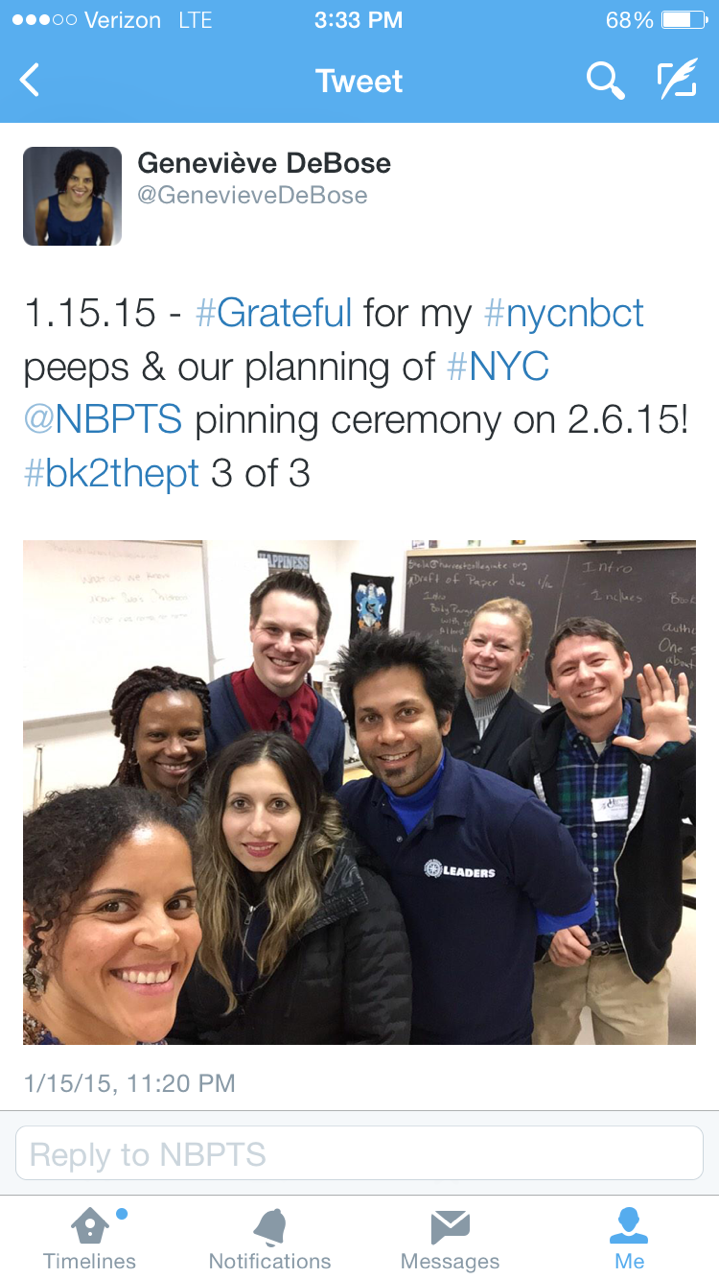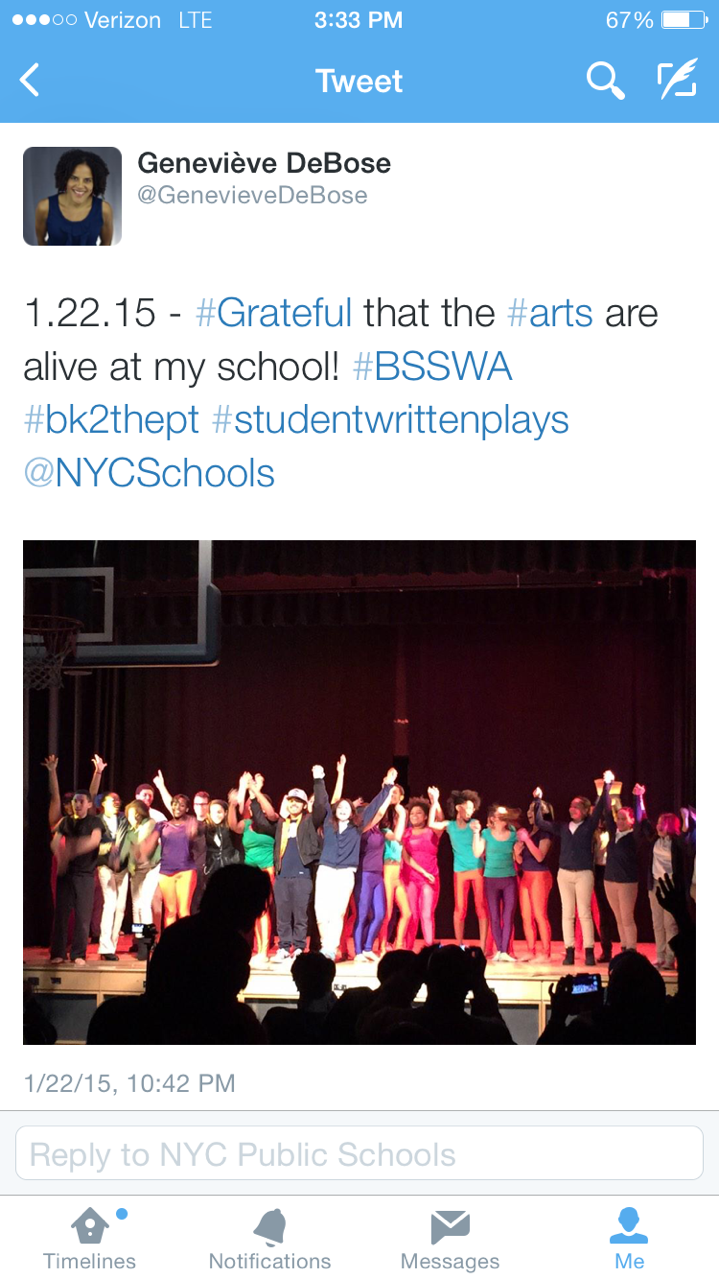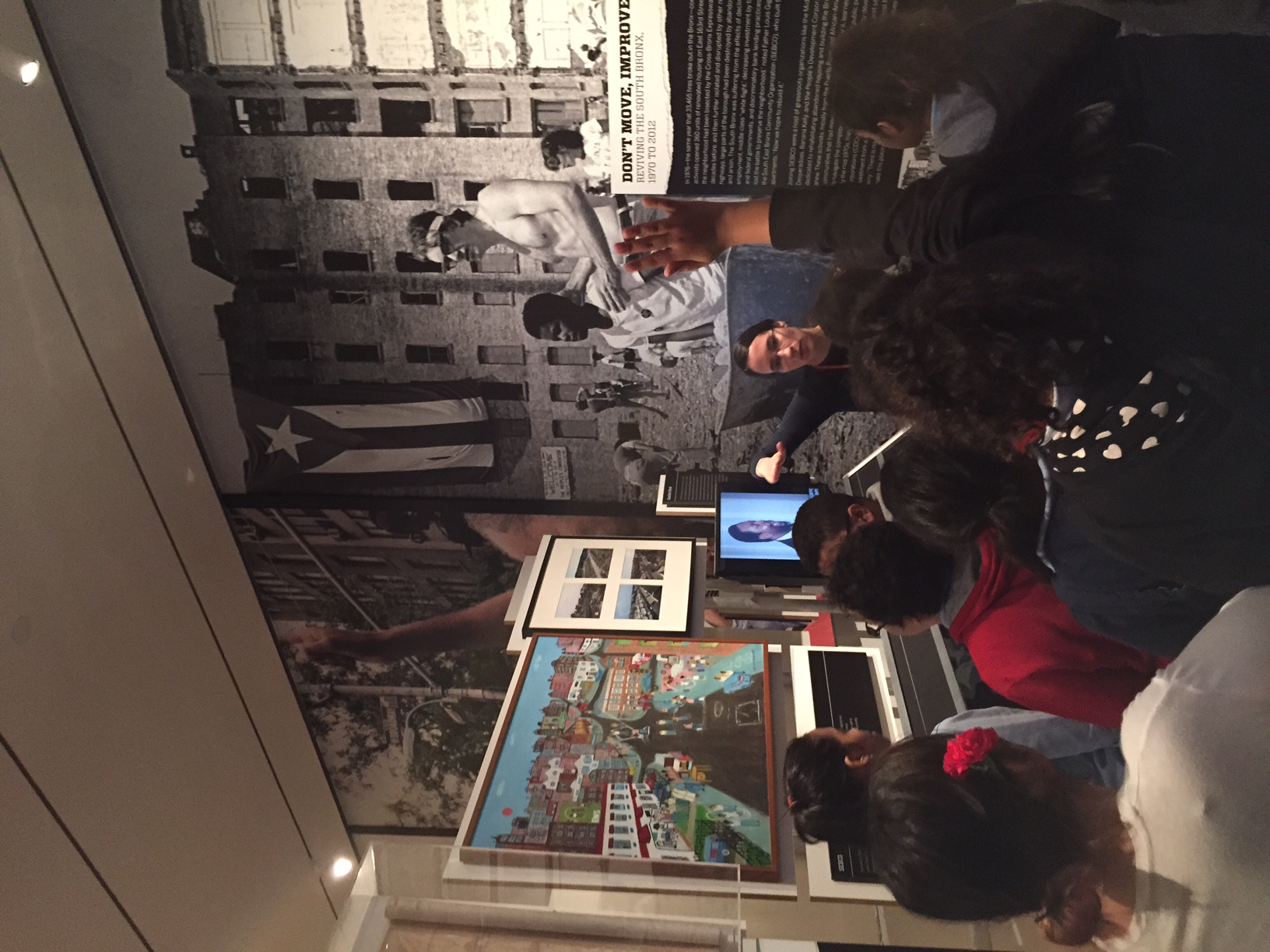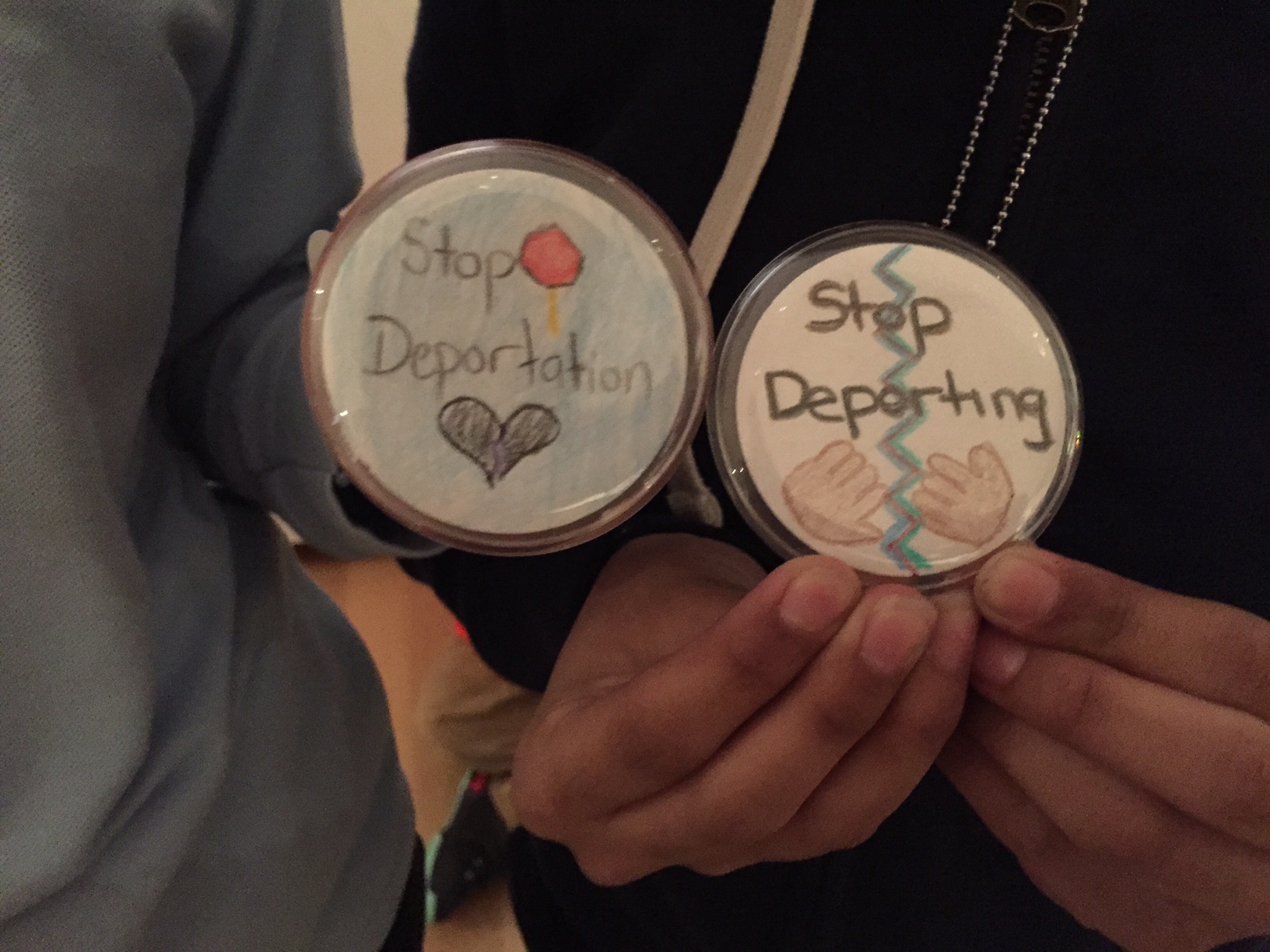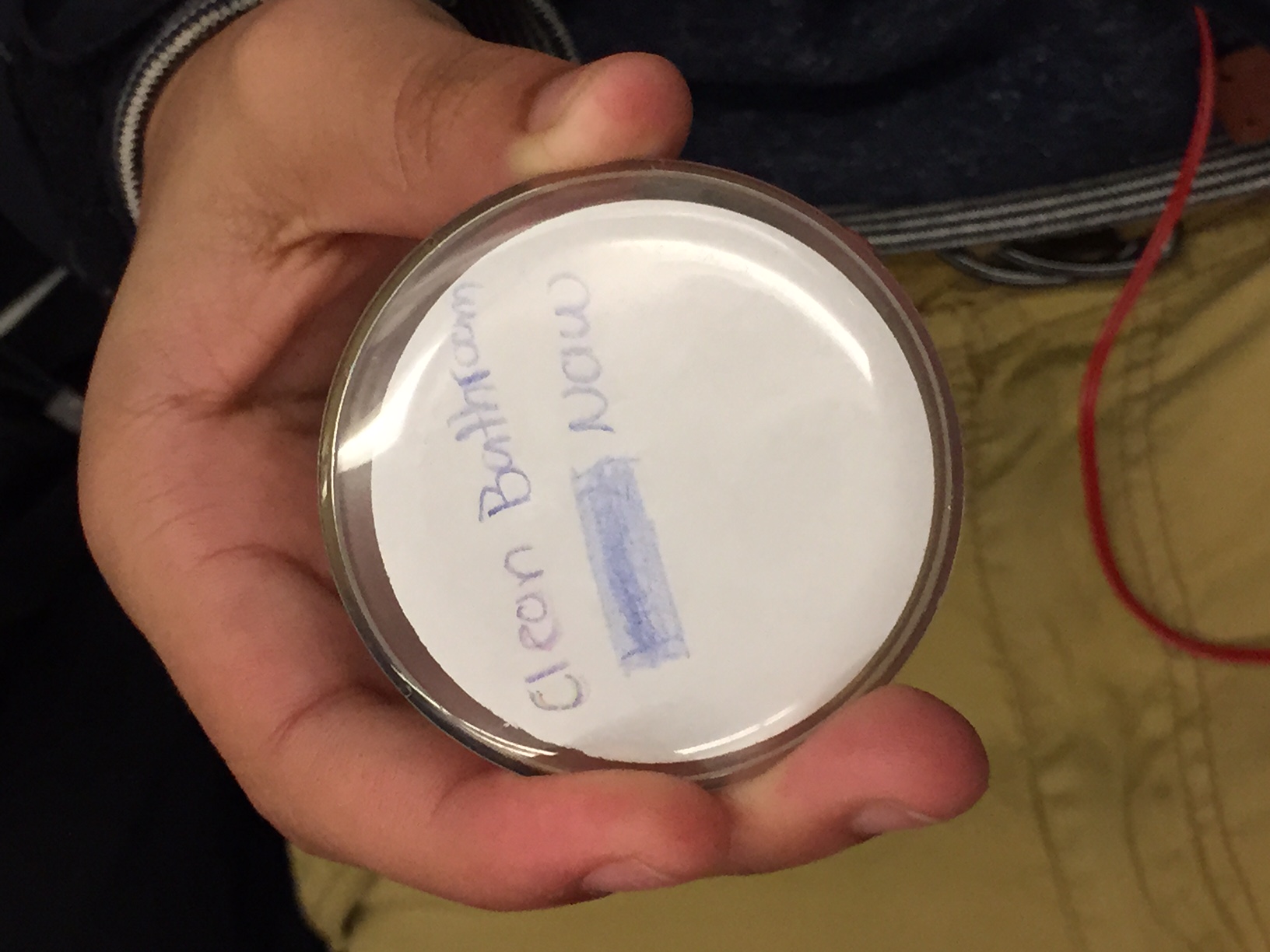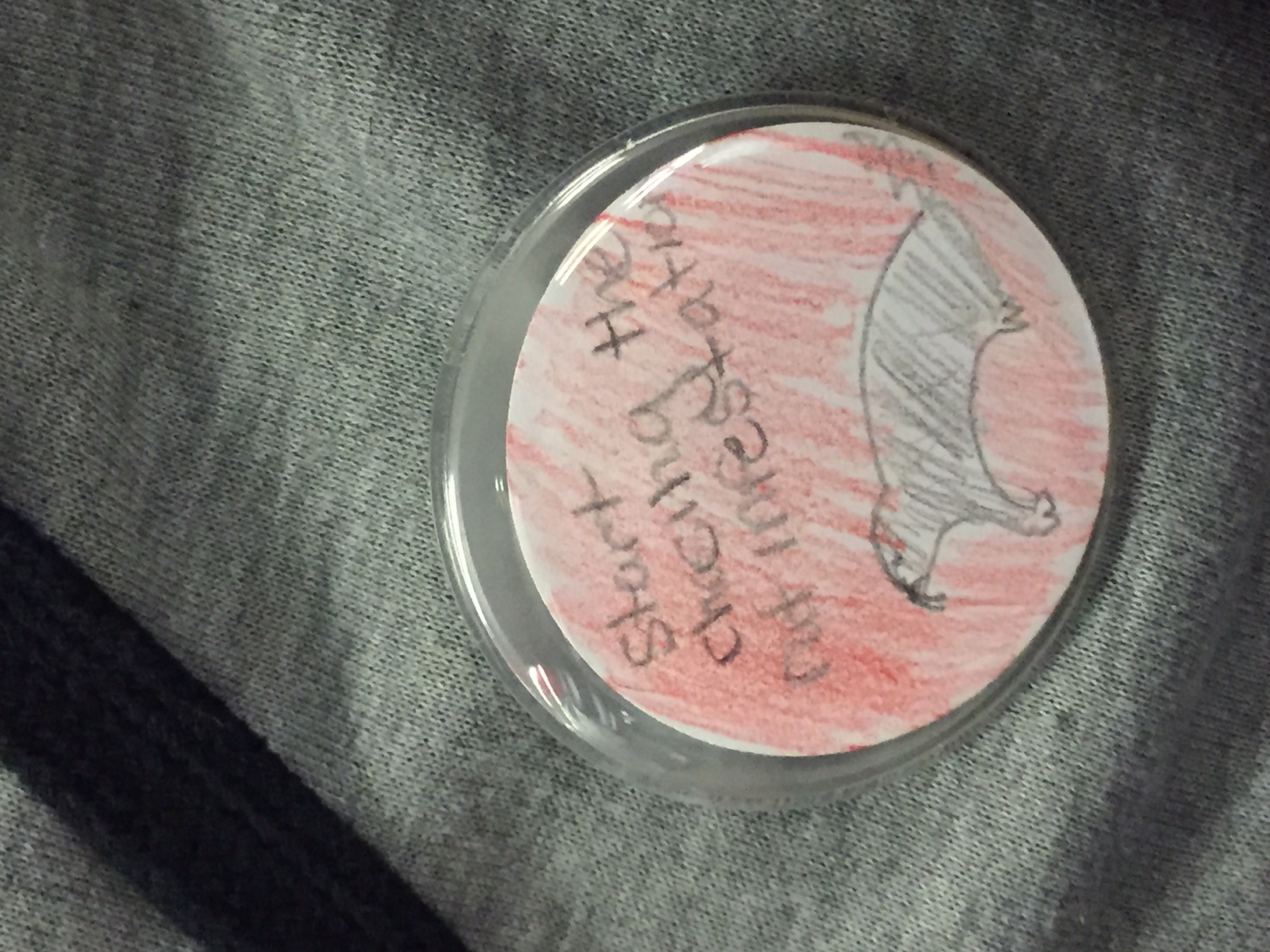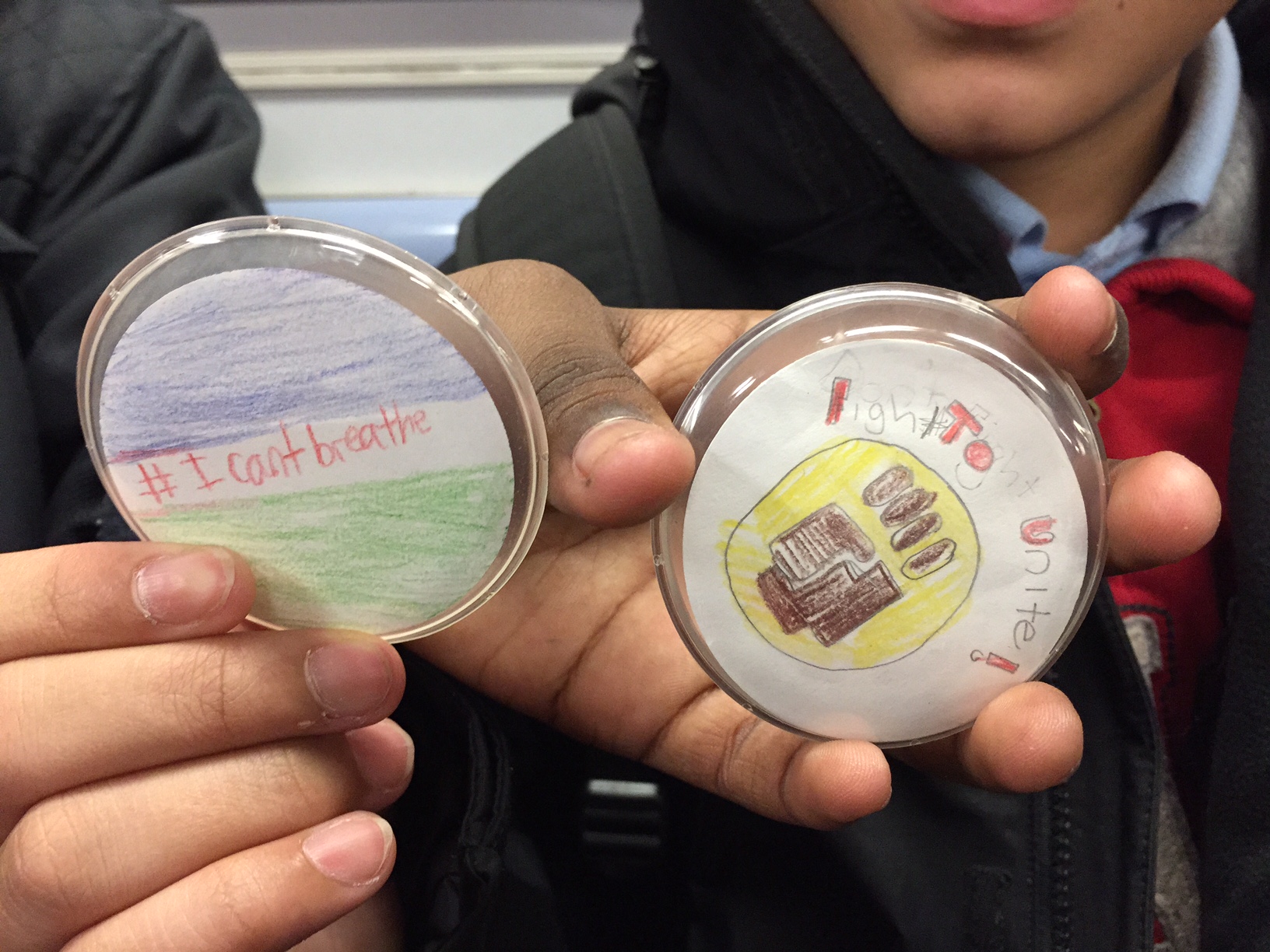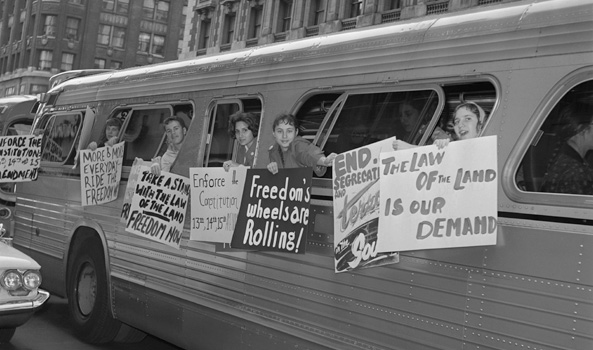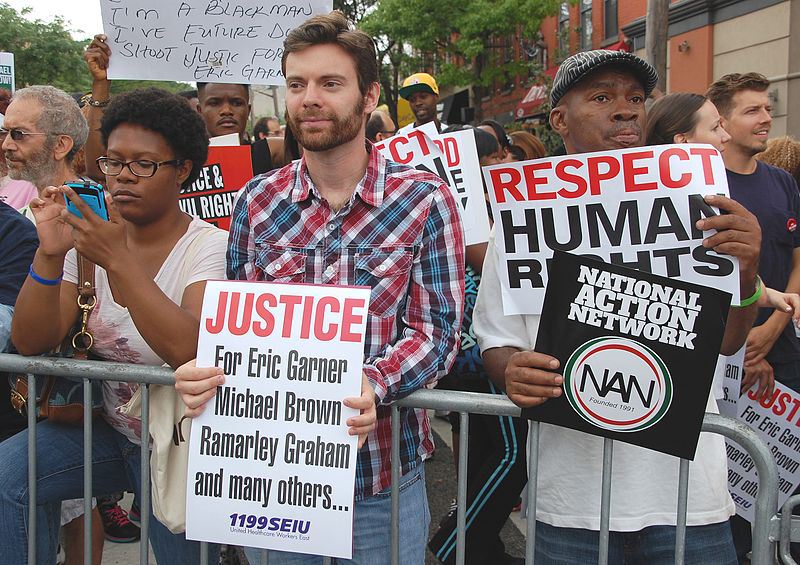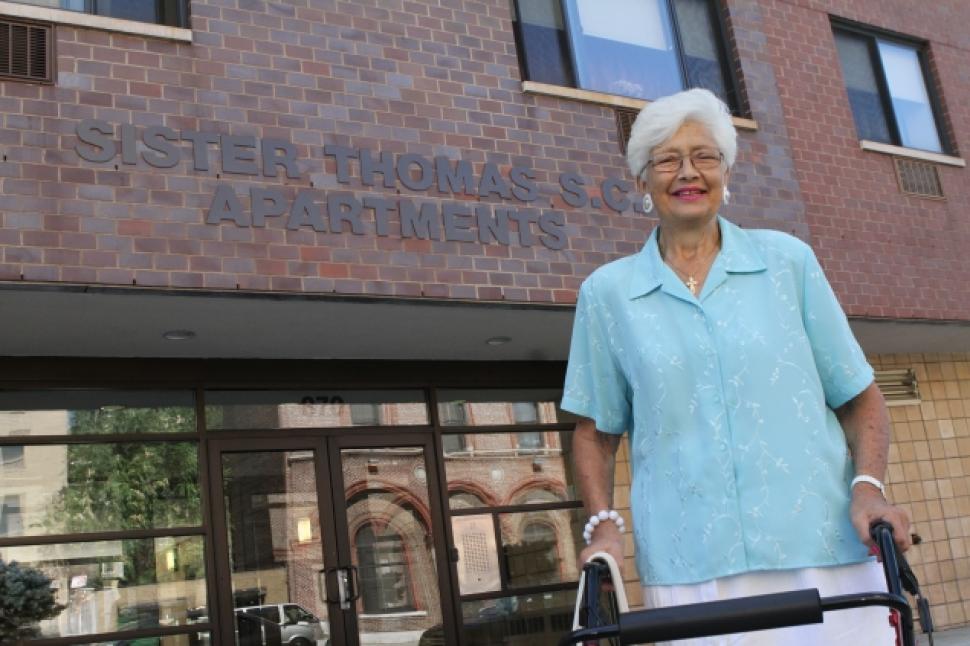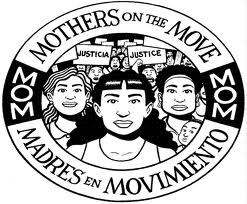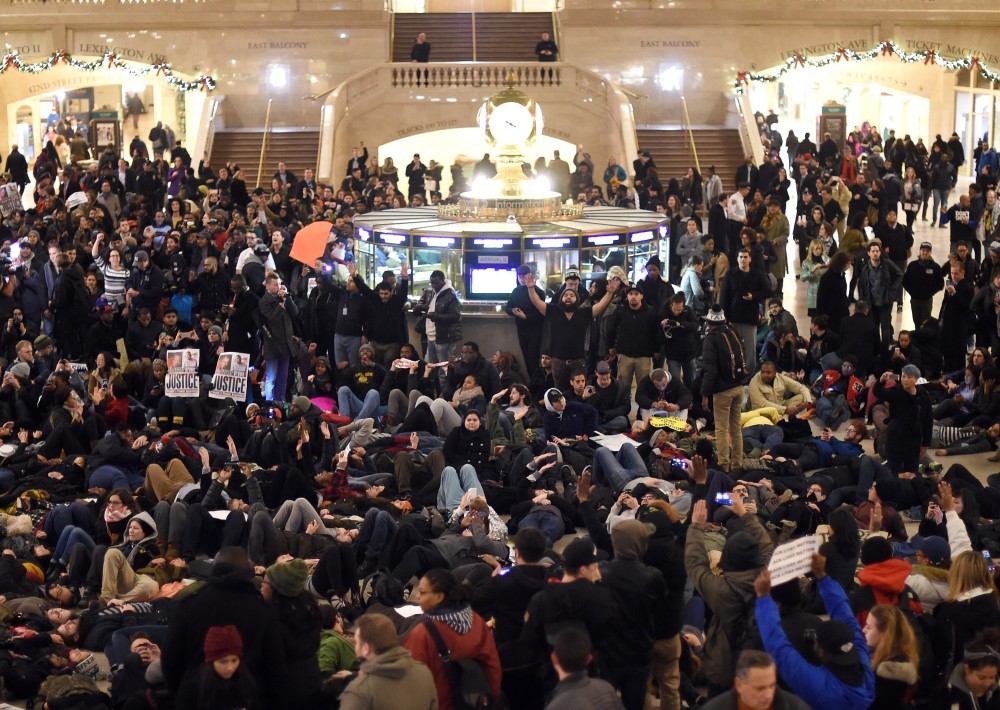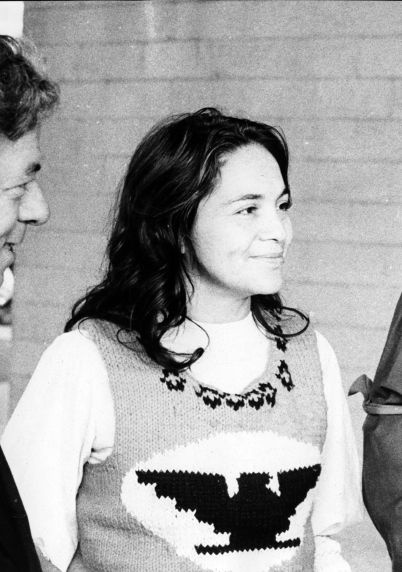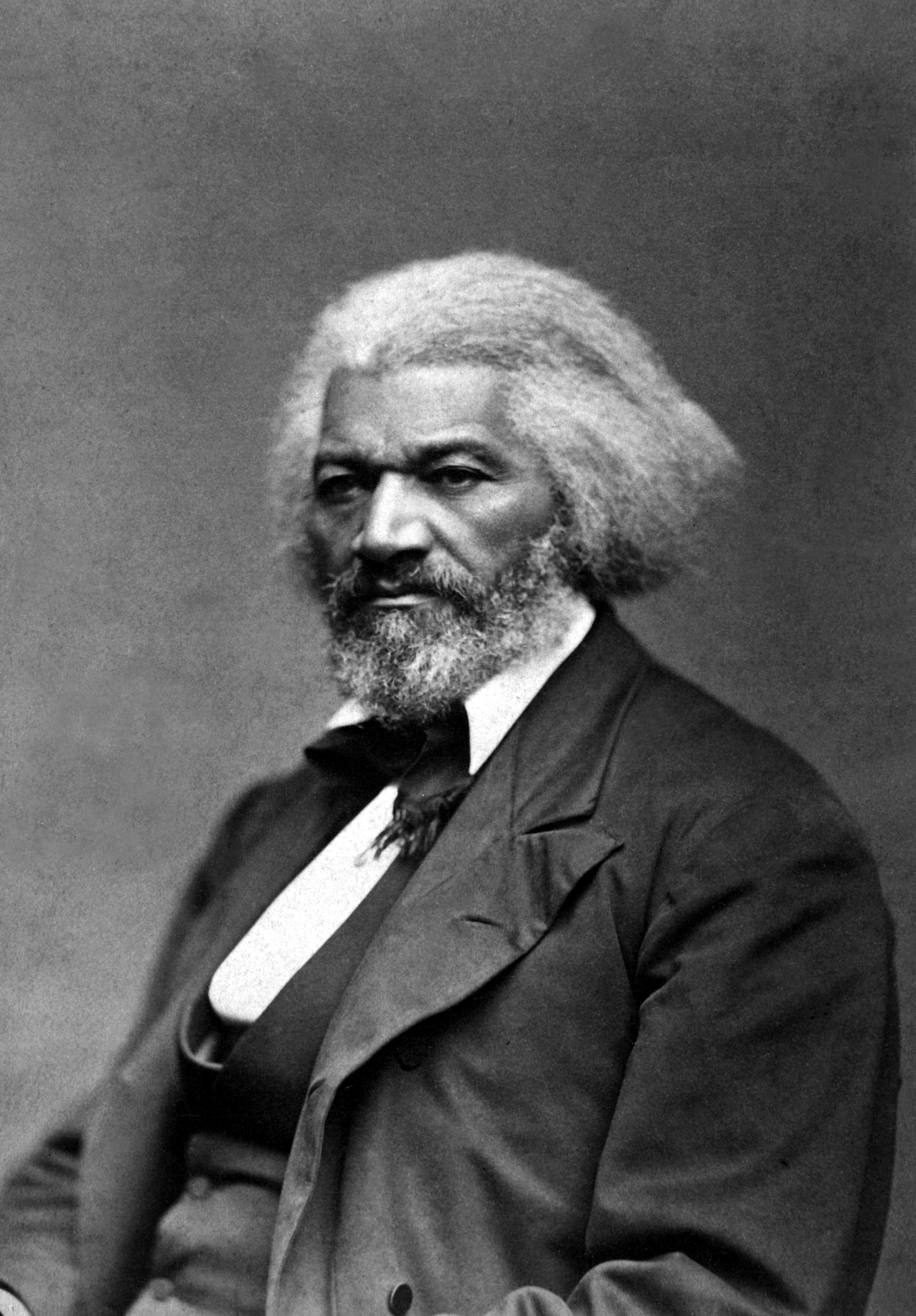My students and I launched a new unit last week entitled “What does it mean to be a scholar activist?” They helped co-plan it --- blog on that process coming soon! --- and today they finished presenting group posters on scholar activists from around the world. We’ll now name each table group after a scholar activist and these posters will hang above their tables as visual inspiration. I have so many reflections about this unit so far but I just had to share some of the gems of conversation we’re having as a result of their learning. The 7 scholar activists we selected for their groups are Malala Yousafzai, Frederick Douglass, Roberto Clemente, Dolores Huerta, The Freedom Riders, and two local Bronx scholar activists Sister Miriam Thomas and Mothers on the Move.
We’ve been connecting the work of scholars and activists to the current protests and actions taking place around the globe connected to Michael Brown, Eric Garner, and the #blacklivesmatter movements. My kids have lots of ideas around this issue and we’ll continue to make connections and find ways to take action. Today I laughed and was inspired multiple times during this morning’s presentations. Here are a few very middle school gems.
• Three of the four Freedom Riders group members said they would have joined the Freedom Riders if they were alive in the 1960s. One said that he didn’t want to risk being on a bus that was targeted with a bomb so he would have helped end segregation by telling the story of the Freedom Riders instead of being part of the group.
• Brison connected Malala Yousafzai fighting for access to education for girls in Pakistan to one of the characters in the novel we just finished. In Linda Sue Park’s A Long Walk to Water Nya, a girl in Sudan in 2008, doesn’t have access to school because she is a girl.
• Madeline asked a number of interesting questions during the Frederick Douglass poster presentation. I’m not sure how the conversation turned to Michael Jackson but during the Q&A portion of her peers’ presentation she raised her hand to ask, “If Michael Jackson was alive during slavery would he have been a slave? You know, because he’s white.” This sparked a lively class conversation about race, skin color, plastic surgery, skin bleaching, whether or not people choose to be enslaved, and so much more.
Madeline also had a few questions about the following quote from Frederick Douglass that the group shared:
“No man can put a chain about the ankle of his fellow man without at last finding the other end fastened about his own neck.”
She didn’t have the context and background knowledge to understand the quote and asked if he was talking about jewelry. At first, her peers were confused and she said, “You know you said chain. Like a chain. A piece of jewelry.” They let her know that these were chains used to put around the wrists, ankles, and necks of African Americans who were enslaved.
After a few more questions from students about how Frederick Douglass taught himself to read and the books he wrote Madeline asked at the end, “Didn’t he have a lot of kids? I thought he had kids with Harriet Tubman.” Her peers respectfully let her know this was not true.
I just adore the conversations that happen with my middle school kids. I also love the learning that takes place when peers teach one another. It’s wonderful as a teacher to sit back and observe students learning from each other. I can’t wait to see where this unit takes us and how we grow as readers, writers, and critical thinkers.
